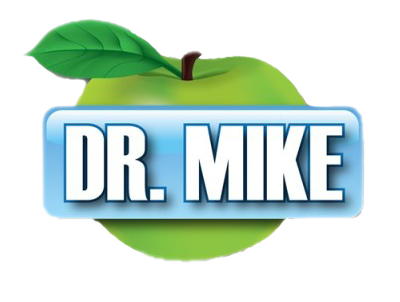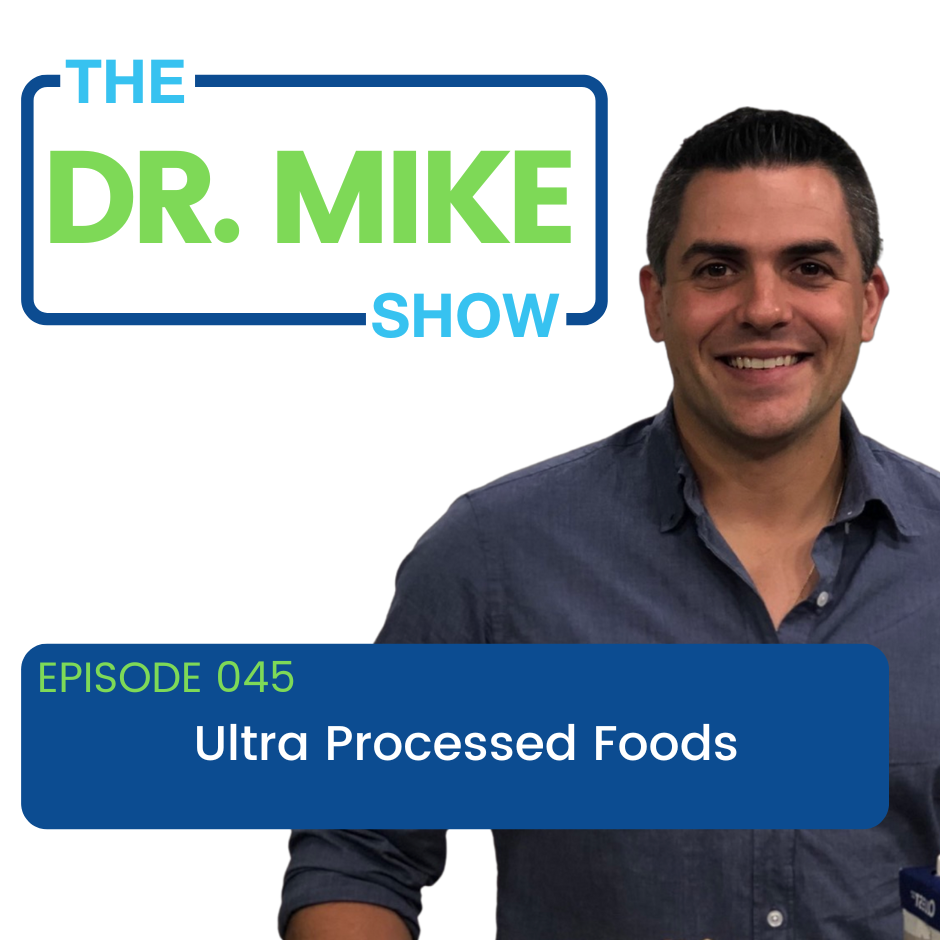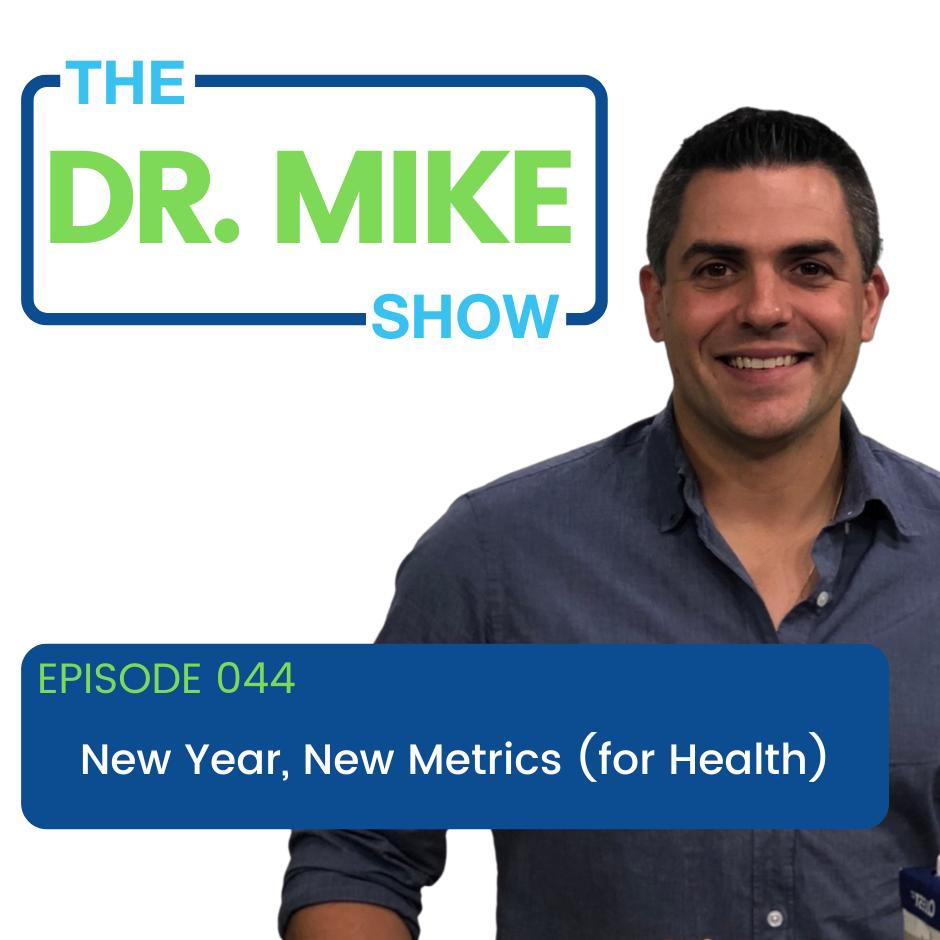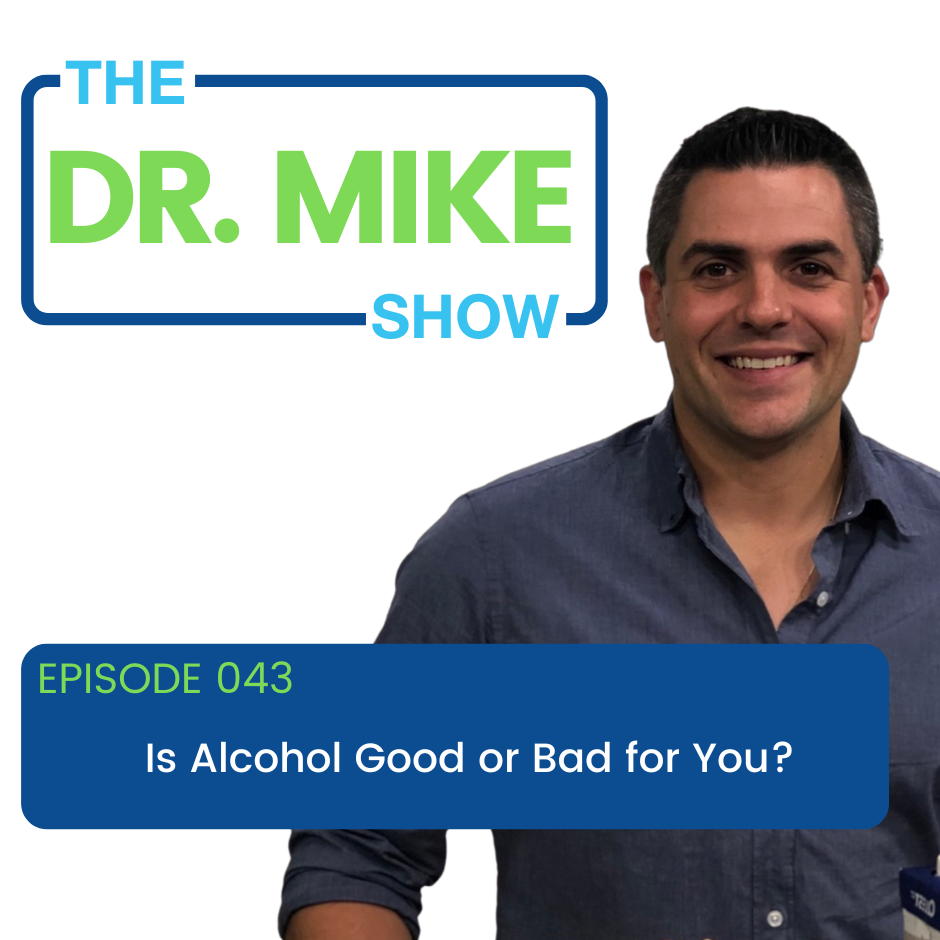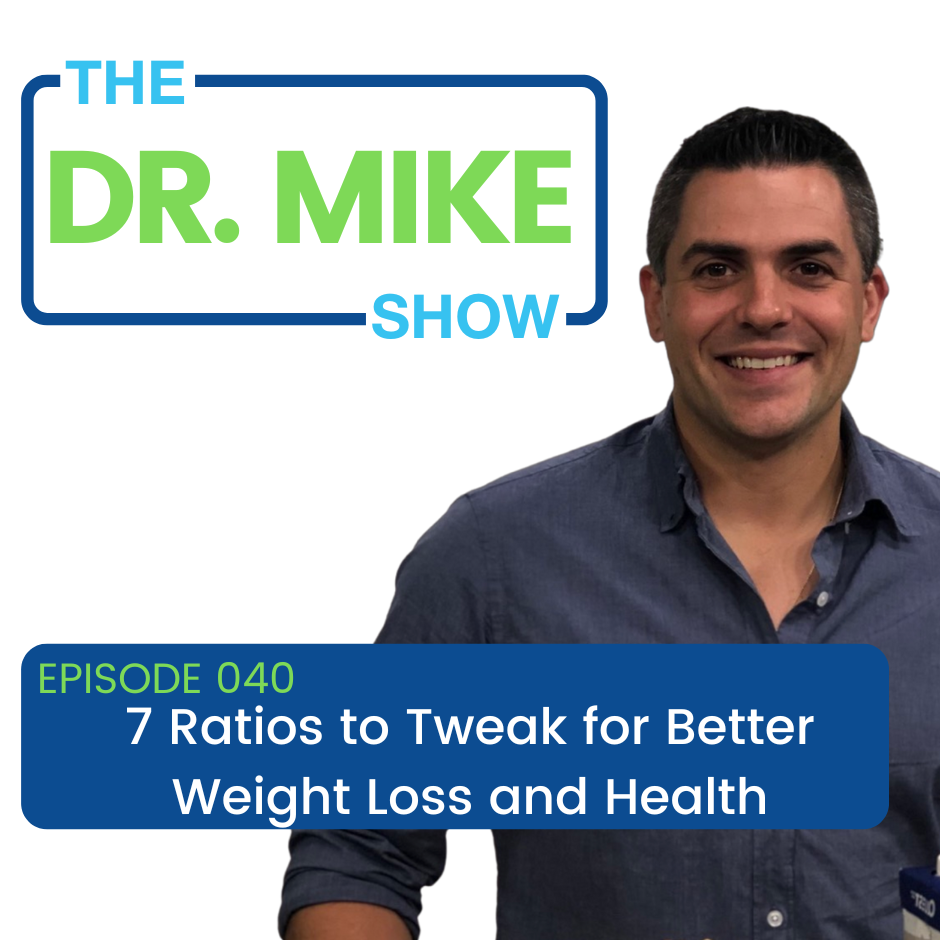One of the recurring conversations that I have with clients is about the sustainability of their diets. In other words, how long can they keep up this new way of eating?
I’ve never had a client who hasn’t previously lost weight by changing their diet or lifestyle. Everyone has lost weight in the past. But they’ve regained it. Why? The problem generally has to do with how they lost weight: They couldn’t maintain those changes in their diet and/or lifestyle, and then reverted back to old habits—and previous body weights.
Here’s how the conversation generally goes:
Me: “Have you had success losing weight previously?”
Client: “Yes.”
Me: “What did you do to lose weight?”
Client: “Lots of cardio and I stopped eating carbs.”
Me: “After you lost the weight you wanted, what happened?”
Client: “I hate cardio and love carbs, so I stopped doing cardio and started eating bread again. Obviously, I gained the weight back.”
This is an actual conversation I’ve had with a client, and it’s extremely similar to more than a hundred other conversations I’ve had with people.
This is why I am extremely interested in the sustainability of a diet. Sustainability is one of the most overlooked and most important factors in nutrition. f your diet isn’t sustainable, you will revert back to your old ways, and eventually your old weight.
Generally, you don’t gain weight when your diet stops working—I don’t believe there is such a thing as a diet not working. Instead, weight gain occurs when you abandon those overly restrictive or difficult strategies you used to lose weight in the first place. Then, you embrace previous habits and strategies, leading you to gain weight, and maybe even more than you lost.
The Importance of Discomfort
A mistake that people make when creating a “sustainable” diet is that they use it as an excuse to eat cake. No, sustainable doesn’t mean that you can indulge in whatever you want, just because you’re eating for life
“Sustainable” means you are dialed into a healthy eating plan. The level to which you are committed is determined by what level of “health” you want to achieve. It takes greater commitment to be 8% body fat vs 15% body fat. I think this is a personal preference, but your goals should drive your behaviors.
But here’s a hard truth: Whether you want to be “fitness-model lean” or “fittest-dad-on-the-block lean,” you’re going to have to get a little uncomfortable.
Change is uncomfortable.
Nutritional change is particularly uncomfortable, because unfortunately, the entire world and popular culture is rooting for you to fail. Today’s society is set up to make you eat as many calories as possible and move as little as possible.
In order to make changes to your body—even sustainable ones—you are going to be uncomfortable, and you will need to learn some new tricks.
Three factors separate sustainable diet from an unsustainable diet.
1. How Big of a Change Do You Have to Make?
The more changes you make to current diet and lifestyle, the harder those changes will be to maintain. To make this part a little easier, take the big stuff that requires a lot of change and break it down into smaller steps. When a client challenged me to eat the Big Ugly Burger (a massive one-pound burger) at Bub’s in Indy, . I didn’t eat it in one bite. I took a lot of smaller bites to finish it.
Another example: People are very quick to cut out all carbs from their diet. Eating zero carbs is very difficult to do (I’ve done it) and it doesn’t give you any real advantage. When people talk about cutting out all carbs, they are usually talking about cutting out all grains, starches, and most fruits. This is a big change for people and oftentimes an unnecessary one. In addition to being likely unsustainable due to the level of change from your status quo, I recommend that you adopt the Hierarchy of Carbohydrates mode of carb cutting (also featured at MensHealth.com). This allows you to cut out groups of carbohydrates in a fashion that has the biggest bang for its buck while also letting you eat the most satiating carbohydrates the longest.
This allows you to create the change necessary to start getting the weight loss you are looking for while adjusting the level of behavioral discomfort that you are able to handle. This makes it far more sustainable over time.
2. How Much Effort Do You Spend on Food Logistics?
The more time and effort you spend figuring out how to complete a task, the more successful you’ll be in the long term. This sounds obvious,but it is unfortunately not as prevalent in practice.
Here’s an example from my life: getting our kids packed up and out the door for school. With two kids, it was doable to get lunches packed, bags loaded, and the kids on the bus.
But when we added a third child, we needed a plan. Who was getting what snack? Who was buying lunch at school and who were were packing lunch for? What slips need to be signed and put in what backpack? There were too many variables in play to just figure it out on the fly.
Instead, we needed a framework and plan.
The same goes for your diet. If you are adopting a new diet plan, the time that you spend ahead of time figuring out how to execute the diet in your life day after day is the best time that you can spend. I call this “food logistics.” Successful weight loss consists of a solid diet plan and good food logistics:
The diet plan dictates what foods you are going to eat.
Food logistics dictate how those foods will get in front of you when you need to eat.
People spent too little time and effort on food logistics, instead leaving their food decisions up until the moment that they are supposed to eat. The more time and effort you invest in planning and figuring out how your dietary approach will work into your life, the more successful you will be, and the more sustainable the diet will be.
For example, to create good “food logistics”:
- What is your plan for eating a protein-rich breakfast everyday this week?
- How will you make this happen?
- What is your plan for eating dinner when you have to work late?
- What places can you order delivery from and what meals can you order that fit into your nutrition plan?
If you are answering these questions easily and creating plans for the execution of your diet then your food logistics plan is strong and your diet will be sustainable.
3.How Committed Are You?
The third key to a sustainable diet is your commitment to stay the course. The foods we eat are deeply ingrained in our life. This is why it’s important to realize that when we change our eating habits it will change parts of our life—for both good and bad.
If you want to change your body and health for good, you have to create some new social habits. You also have to abandon those that do not contribute to your new goals and strong, fit, and healthy life. If you’re committed, you’ll have to pick up some new ways of spending time with family and friends. You’ll have to spend some time to develop a culture around you that is supportive of your lifestyle. For example:
- Pick new restaurants to eat out at with friends
- Modifying your social eating and drinking habits [<<this sort of sounds too general – maybe say “Drink less alcohol on weekends”?]
- Find new active ways to spend your weekends
- Take the time to prep meals on weekends or evenings
Just like stress, change can be beneficial or difficult: It just depends on your perspective. How we view stressors in our life determines how l they impact us and our body. How we view change in our life determines if it empowers us or discourages us.
Embrace the changes that come with a new diet and use them to further your commitment to your new lifestyle—instead of fostering resentment toward them. This helps those changes become more sustainable. You are choosing to order the salad with flank steak because it will take you closer towards your goals. Order it cheerfully and don’t mope that you aren’t ordering the chicken wings.
The decision is yours.
You got this.
How Will You Move Forward?
It is important to always think about the sustainability of your diet and your habits. Even if you are engaged in an immersive and intensive fat loss program like the MetaShred diet you need to ask yourself (as I do in the book): What will you do now?
What will you do once you lose the weight?
How will you proceed that next morning?
Are you currently setting yourself up for success beyond your weight loss goals?
Embed the 3 successful characteristics of a sustainable fat loss diet into your life now to ensure that you never have to re-lose any weight again.
